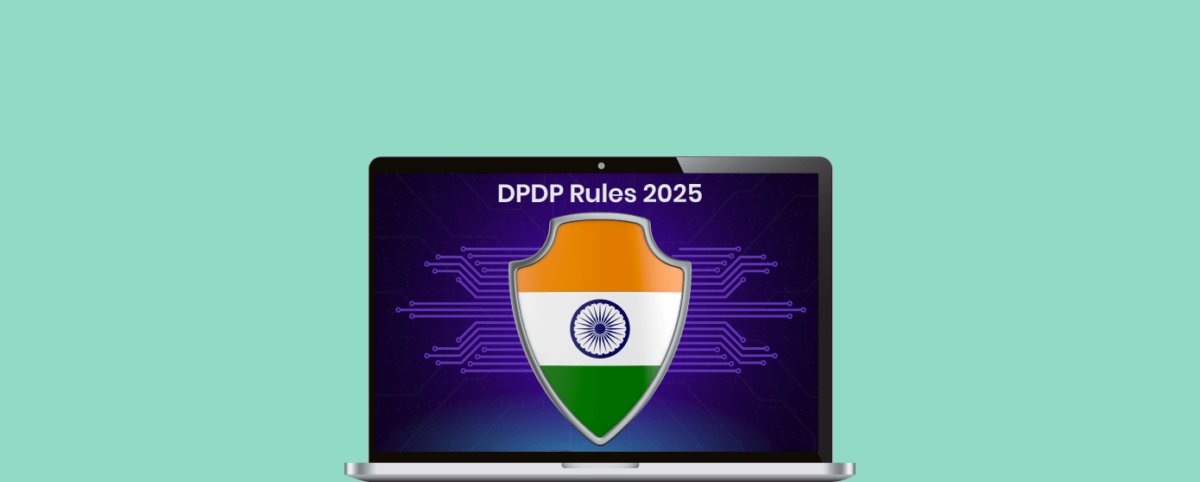How to Build a Compliant Vulnerability Management Program
From HIPAA and PCI-DSS to SOX and ISO 27001, most major frameworks require organizations to identify, assess, and remediate security vulnerabilities regularly. But building a compliant vulnerability management (VM) program takes more than just running scans. It requires a structured process, cross-team collaboration, risk-based prioritization, and proof of action.
This guide walks you through how to build a robust, audit-ready vulnerability management program from the ground up.
What is a Compliant Vulnerability Management Program?
A compliant vulnerability management program is a structured, repeatable process designed to proactively identify, assess, prioritize, and remediate security vulnerabilities across your entire IT environment. Crucially, this process must align with regulatory frameworks such as PCI DSS, HIPAA, GDPR, ISO 27001, and NIST SP 800-53.
Modern vulnerability management programs are increasingly powered by AI to automate scanning, intelligently prioritize vulnerabilities based on risk context, and accelerate remediation with minimal manual effort. This AI-led approach not only enhances efficiency but also ensures repeatability and audit-readiness.
Key elements of a compliant vulnerability management program:
- Regular, comprehensive vulnerability assessment and scanning – Ensure all layers of your infrastructure and applications are covered.
- Risk-based prioritization and remediation workflow – Focus resources on the most critical threats first and remediate the vulnerabilities to keep MTTR (Mean Time to Remediate, the average time it takes to fix a vulnerability after it is discovered) under check.
- Detailed documentation and reporting – Maintain transparency and accountability for IT auditors and compliance officers.
- Alignment with security policies and IT governance – Integrate vulnerability management into your broader security strategy.
- Integration with risk management and GRC initiatives – Feed vulnerability data into your enterprise-wide risk posture.
A compliant program involves much more than simply identifying vulnerabilities. It requires showing due diligence, maintaining strong and consistent processes, and being fully prepared to face strict compliance audits.
Building a compliant vulnerability management program requires a strategic, iterative approach. Follow these steps to ensure effectiveness and compliance:
1. Understand the Compliance Requirements
The first step is to identify the specific regulations your organization must comply with. Common mandates include:
- PCI DSS: Requires regular scanning, remediation, and clean scan reports for in-scope systems.
- HIPAA: Mandates risk analysis and management of technical vulnerabilities to safeguard ePHI.
- ISO 27001: Requires documented processes for identifying, assessing, and treating vulnerabilities.
- SOX: Demands IT controls to prevent unauthorized access or data manipulation in financial reporting.
- FISMA/NIST: Emphasizes continuous monitoring and risk-based vulnerability remediation.
Tip: Map each compliance requirement to a corresponding VM activity (e.g., PCI DSS → quarterly scans + remediation + reports).
Want to learn how vulnerability management supports each of these standards? Explore our blog on how vulnerability management helps meet compliance requirements.
2. Define Scope and Maintain an Accurate Asset Inventory
- Identify all IT assets: Map and document servers, endpoints, network devices, cloud instances, web applications, IoT devices, and critical data stores.
- Maintain an up-to-date asset inventory: Use automated discovery tools to ensure your inventory is always current.
- Classify assets by criticality and data sensitivity: Prioritize security efforts based on business impact.
With Indusface WAS, attack surface management is built in. It continuously identifies and inventories all your public-facing assets, including domains, subdomains, IPs, and APIs.
Using AI-driven discovery, it dynamically tracks changes across your environment and maintains a live, risk-ranked asset inventory. This eliminates blind spots and ensures your security coverage accurately reflects your real-world attack surface, even in complex, hybrid, or cloud-native deployments. This helps you avoid blind spots and ensures that security coverage aligns with your actual attack surface.
For SMBs, asset discovery and risk-based prioritization are critical. Learn how SMBs can build efficient VM programs here:
3. Establish Clear Security Policies and Governance
- Develop robust security policies: Document procedures, responsibilities, and timelines for vulnerability management.
- Assign roles and responsibilities: Define who handles scanning, analysis, remediation, reporting, and oversight.
- Integrate with IT governance and risk management: Feed vulnerability findings into your organization’s risk register and strategic decisions.
4. Conduct Regular, Comprehensive Vulnerability Assessment and Scanning
- Automate vulnerability scanning with AI: Indusface WAS continuously scans your web applications, APIs, and infrastructure for known and emerging vulnerabilities.
- Perform internal and external scans: Internal scans identify weaknesses within your network; external scans simulate outside attacks.
- Leverage threat intelligence and CVE databases: Integrate real-time threat feeds and CVE databases for up-to-date coverage.
Backed by a managed security team, Indusface provides expert-validated results by combining AI-driven analysis with human expertise. All DAST scans are verified using a combination of AI and manual intervention, ensuring zero false positives on the vulnerabilities identified in your websites. This hybrid approach reduces noise, accelerates remediation, and delivers contextual insights along with virtual patching options for faster risk mitigation.
Recommended scanning cadence:
- Quarterly for compliance (minimum)
- Monthly or weekly for high-risk environments
- On-demand after major changes or deployments
5. Perform Security Risk Assessment and Prioritization
- Analyze scan results: Go beyond listing vulnerabilities understand context and potential impact.
- Use risk management frameworks: Apply NIST, ISO 27001, or CVSS scores to rate and prioritize vulnerabilities.
- Consider asset value, exploitability, and business impact: Focus remediation on vulnerabilities posing the greatest threat.
6. Implement a Robust Remediation Workflow and Patch Management
- Assign remediation tasks: Clearly delegate vulnerabilities to responsible teams with defined timelines.
- Track progress: Use ticketing systems or dedicated platforms to monitor status from discovery to resolution.
- Apply patches or compensating controls promptly: Implement security patches, configuration changes, or compensating controls such as virtual patches quickly.
- Validate remediation: Perform follow-up scans to confirm vulnerabilities are resolved.
It is not enough to detect vulnerabilities you must demonstrate that they are actively mitigated or remediated through documented actions and timelines. Indusface WAS supports instant vulnerability patching through SwyftComply, enabling autonomous remediation and reducing operational delays.
7. Ensure Detailed Documentation, Reporting, and Audit Readiness
- Maintain comprehensive records: Document all activities, including scan results, risk assessments, remediation actions, and policy updates.
- Generate clear reports: Create regular reports for auditors, compliance officers, and management.
- Document exceptions and risk acceptance: If immediate remediation isn’t possible, formally record business justifications and compensating controls.
Indusface WAS enables organizations to generate a Zero Vulnerability Report. This clean, verified report demonstrates proactive remediation and supports both regulatory and customer compliance audits with confidence.
8. Implement Continuous Monitoring and Improvement
- Leverage SIEM and SOAR platforms: Monitor for new vulnerabilities and threats in real-time.
- Conduct regular gap analysis and reviews: Assess program effectiveness and identify improvement areas.
- Update policies and processes: Adapt based on new threats, regulatory changes, and lessons learned.
Compliance Is a Byproduct of Good Security
A well-structured vulnerability management program does more than check compliance boxes. It reduces real-world risk.
By combining automation, expert analysis, and rigorous documentation, you can build a VM program that stands up to both attackers and auditors.
Ready to Simplify Compliance? Schedule a demo to understand Indusface’s vulnerability assessment and autonomous remediation solutions in action.
Stay tuned for more relevant and interesting security articles. Follow Indusface on Facebook, Twitter, and LinkedIn.
Frequently Asked Questions (FAQs)
A structured process that identifies, assesses, and remediates vulnerabilities across IT assets while meeting regulatory requirements such as PCI DSS, HIPAA, GDPR, and ISO 27001.
It demonstrates due diligence, reduces risk, prevents data breaches, and fulfills explicit requirements of major cybersecurity frameworks.
Most standards recommend at least quarterly scans, with more frequent scanning (weekly or daily) for critical assets or after significant system changes.
Asset visibility gaps, prioritization overload, patch management delays, documentation difficulties, and tool integration issues.
Risk assessment helps prioritize vulnerabilities by evaluating their potential impact and likelihood of exploitation.
Organizations can automate scanning, risk assessment, and remediation using platforms like Indusface WAS. With features like continuous scanning, SwyftComply auto-remediation, and Zero Vulnerability Reports, compliance becomes seamless and audit-ready.

 June 30, 2025
June 30, 2025






